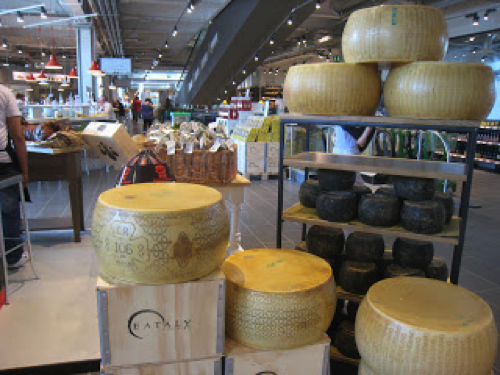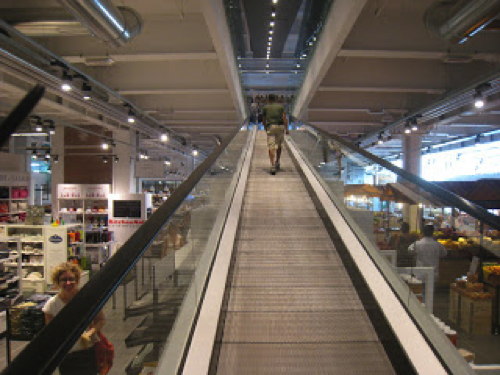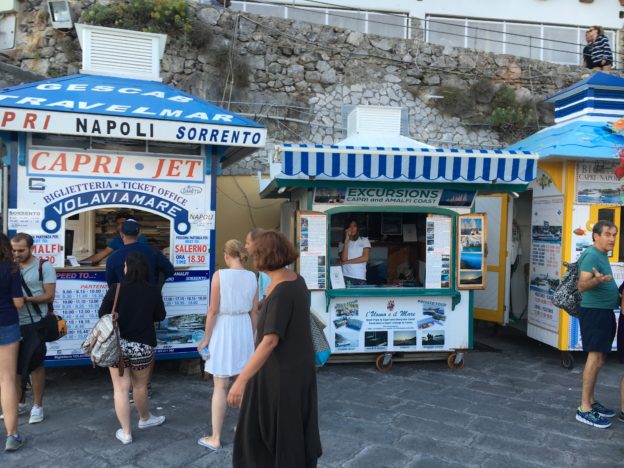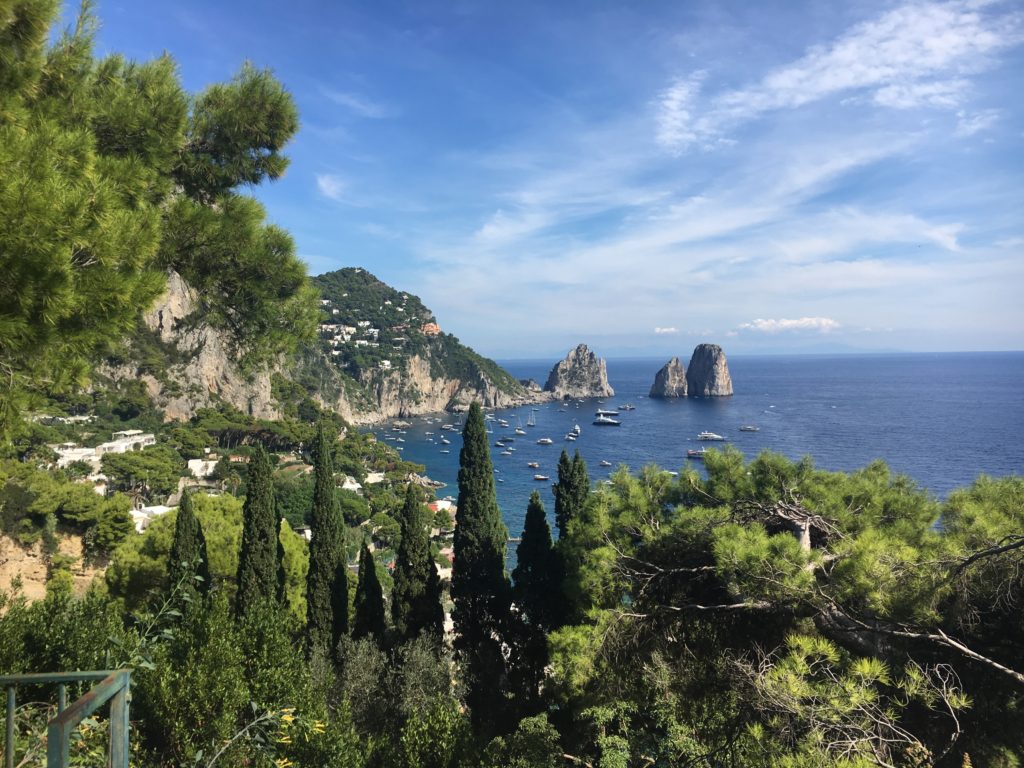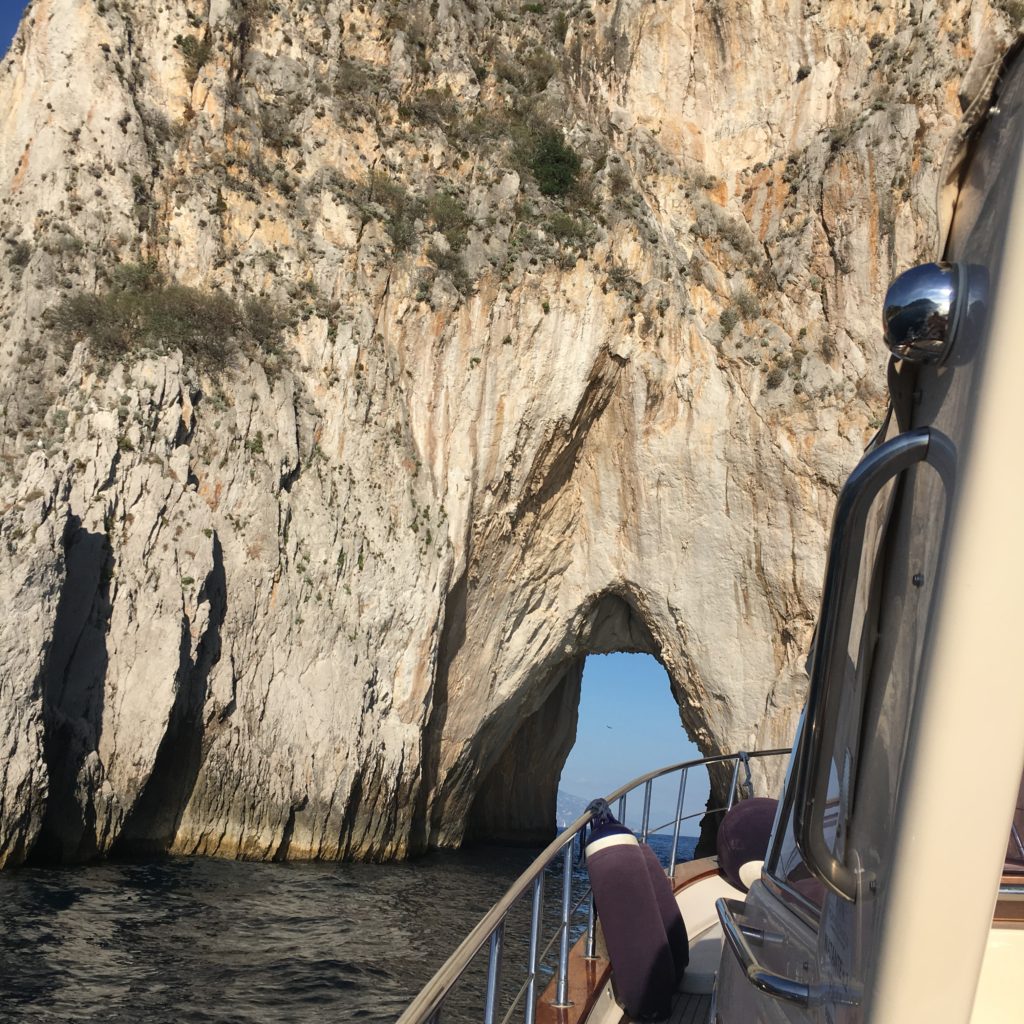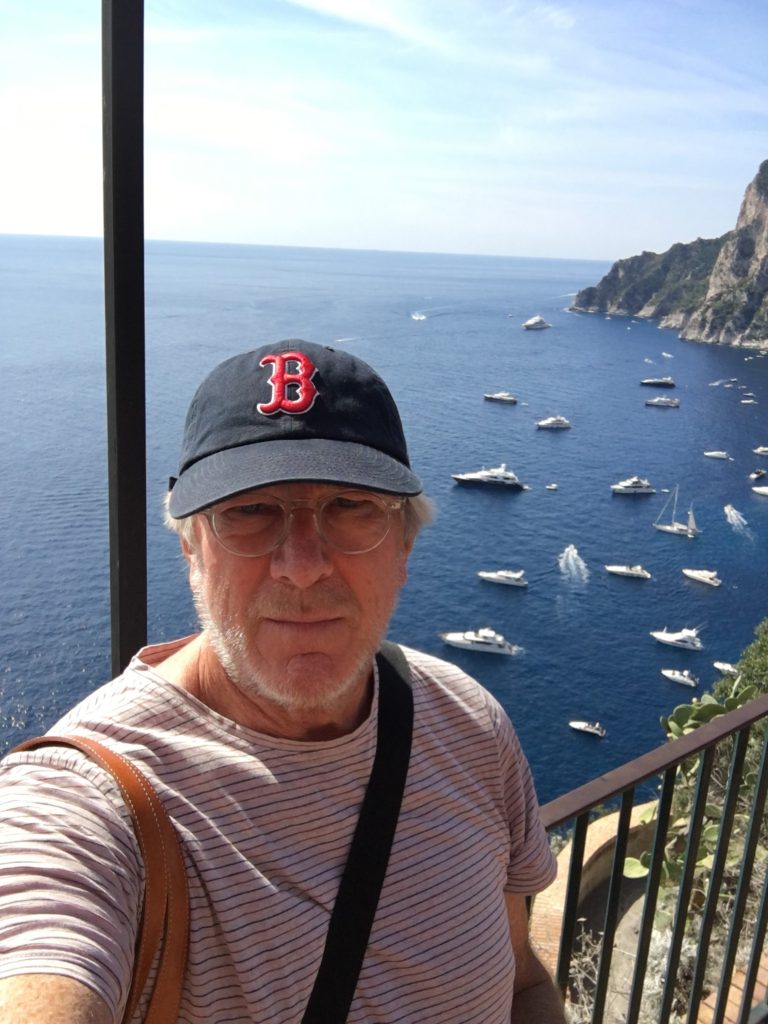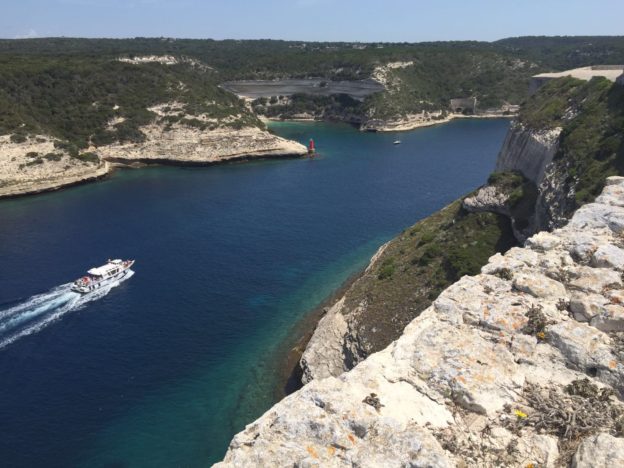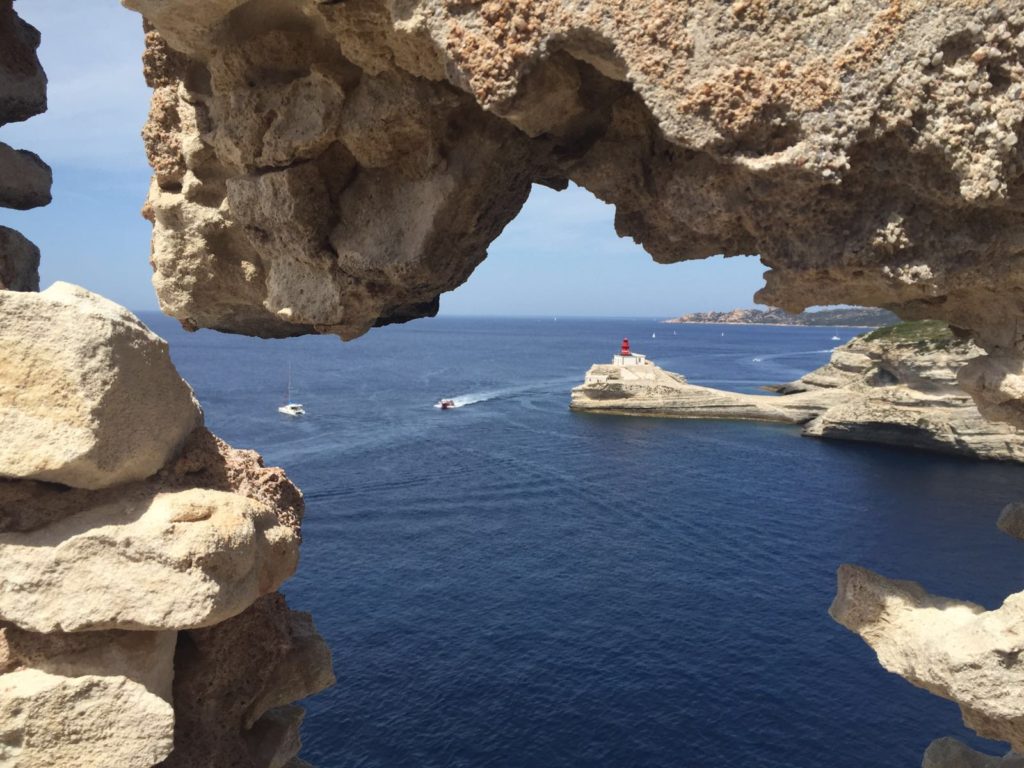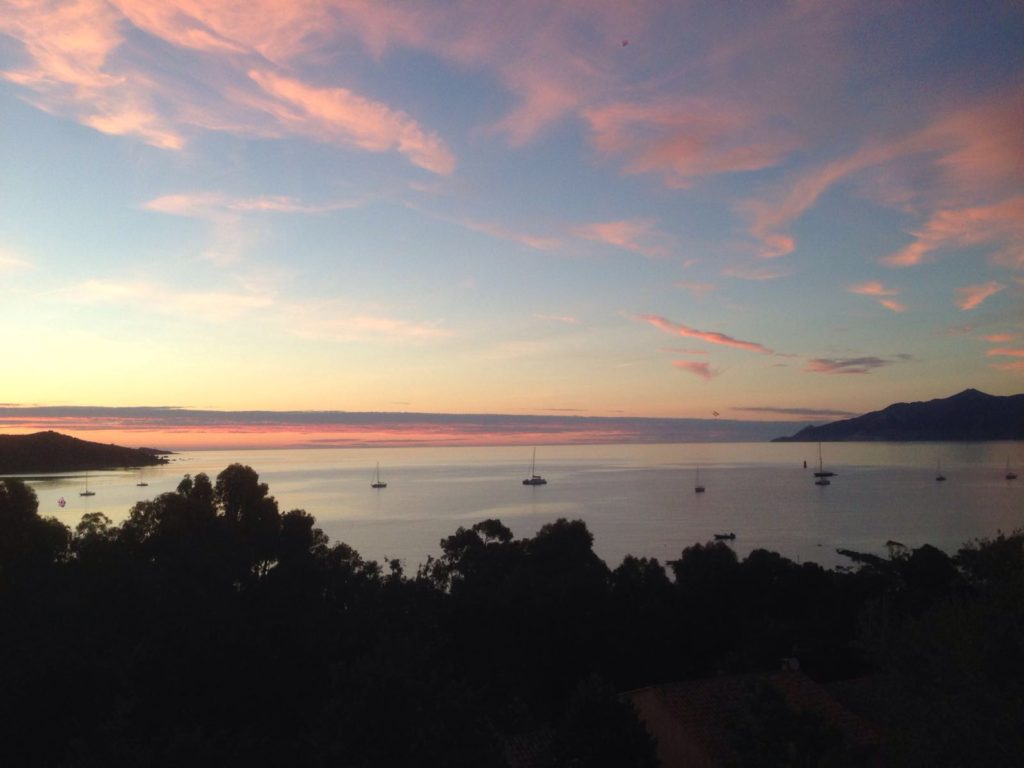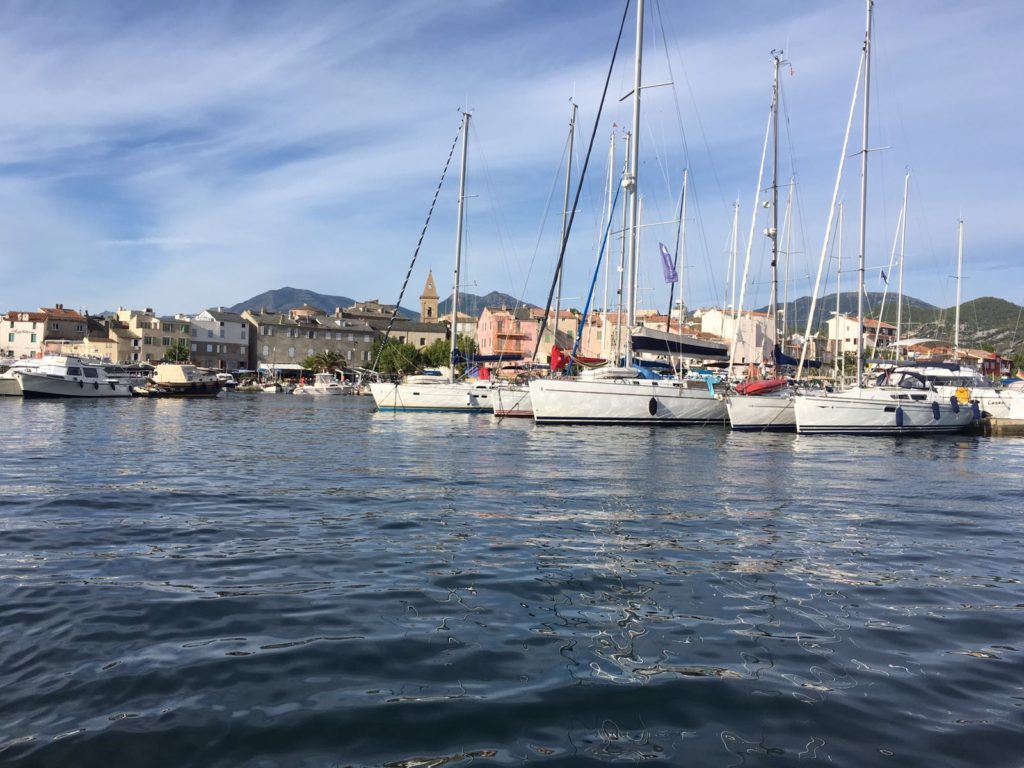Let me just say, I miss Italy – the walks, the food, the friends, the light, and the myriad of personalities represented by each tiny kingdom that makes up this crazy country. Whenever I travel to Italy, I find myself in a reoccurring predicament sort of like Groundhog Day…the arrival day. There is a reassuring madness and transition that takes place every time.

In Rome, if you made the mistake of checking your bag, you are often resigned to a long wait by the carousel where I am convinced the baggage handlers gather underneath and watch us poor checkers of bags wait and wilt, teasing us with an early movement of the carousel, encouraging us to jostle to claim the best spot for a smooth departure. Mistake number one. You checked your bag! Rome’s airport is so convinced that it will be a long and possibly fruitless wait, that they have installed a children’s playground and coffee/wine bar to ease the pressure of the moment as the baggage handlers do whatever they need to do to maintain their part in this commedia dell’arte.
And then at some point, if you’re lucky, the bags show up. There is a frantic grab as everyone, except the unlucky ones, retrieve their bags and head to the uscita. And then the next round of fun begins.
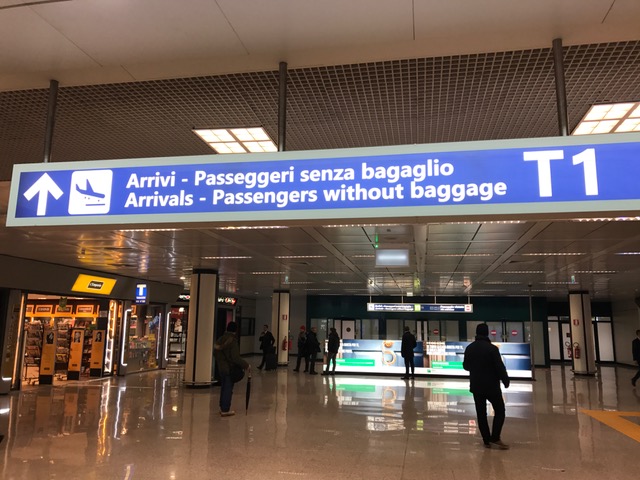
Taxi? No grazie.
Metro? Dove? Bus al centro, mi dispiace! Nothing comes easy.
The signs at airports in Italy are always confusing and there are often a couple of exit points so that somebody waiting for you may be in the wrong place. It only adds to the story. By nature, Italians are overly detailed and under sourced in terms of organization. So there are rules that make no sense and rules that are deliberately confusing. And everyone in Italy think they make perfect sense – which they do if you’re Italian.
Confusion, chaos, where is the metro, how do I get a ticket, where is the motolaunch in Venice, which way do I go?! Italians almost revel in that power of perfect and complete orderly chaos. It’s their word after all – caos.
At some point, you survive the airport arrival and end up in your hotel. A little frustrated, but how bad can it be as we are talking about Italy!
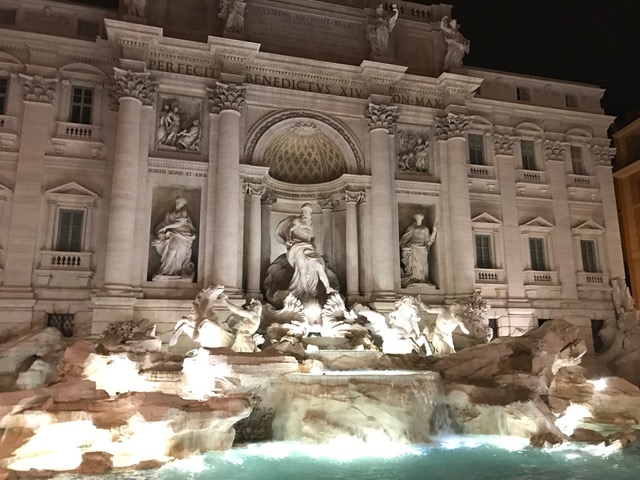
Then the arrival moment…the passegiata.
Through the busy piazzas and the bits of Bernini, past the fountains and the Baroque and Roman stone, you stop and take an espresso, or a gelato, or a beer, or a Campari. And you look out onto the movie set walking by and you know something beautiful has happened without your knowledge. You have passed to the other side. You have disappeared into Italy, and have become an observer of all those things that you found frustrating and they have turned into beautiful moments. The transformation is complete.
No need to toss coins in the fountain. The spell is cast and without even a thought, but with a skip in your step, you go about your day secure in the knowledge that you will return.
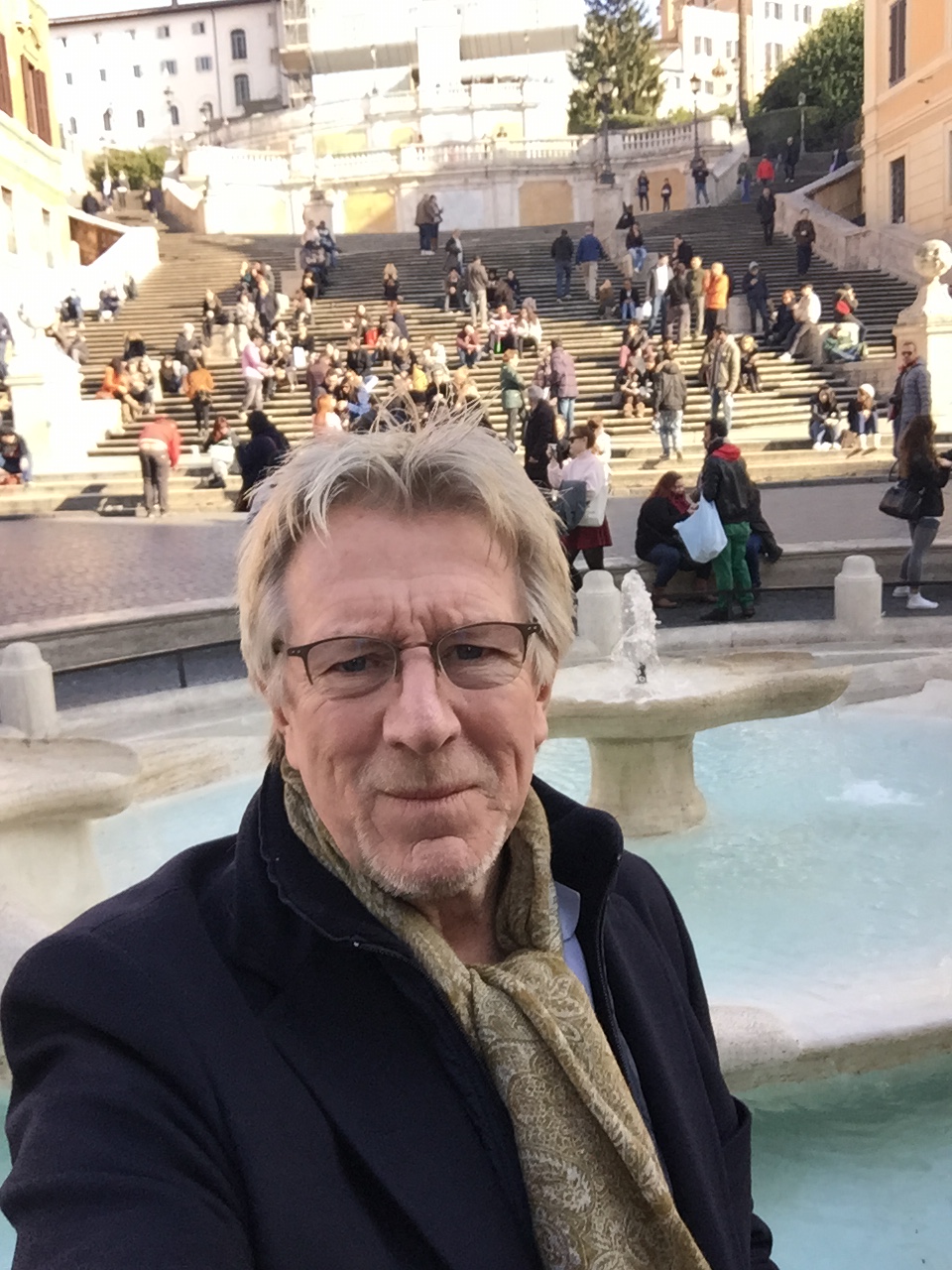

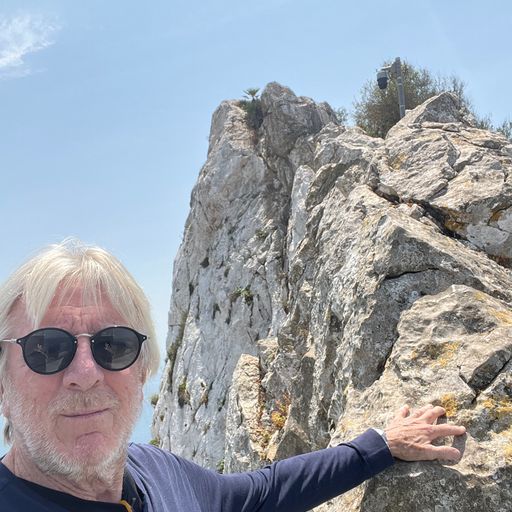
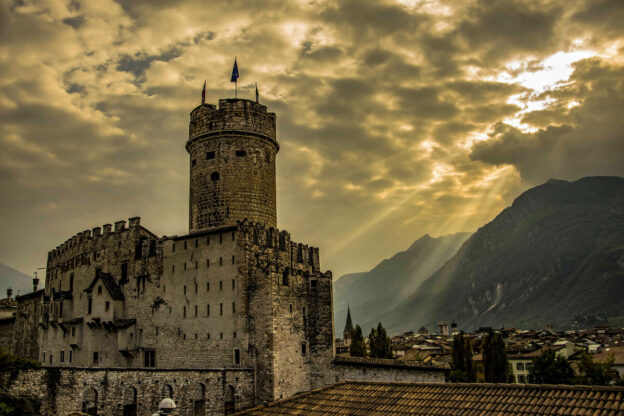
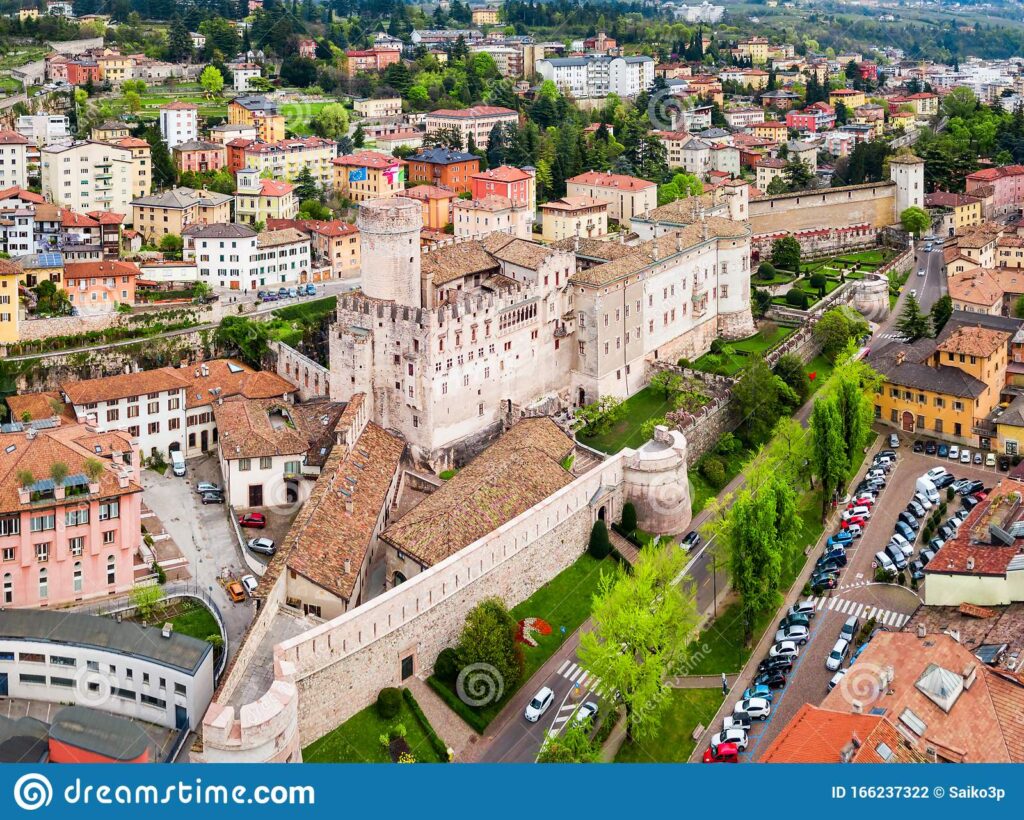
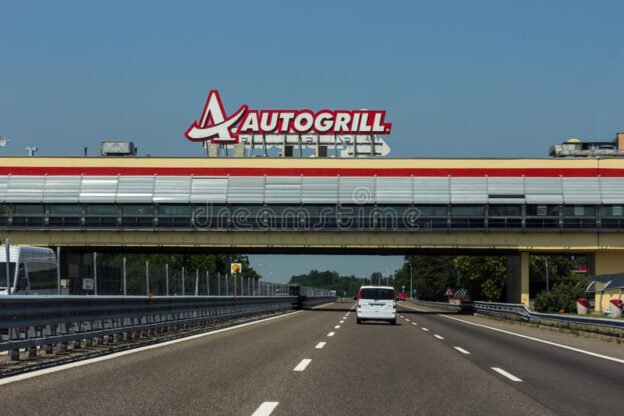
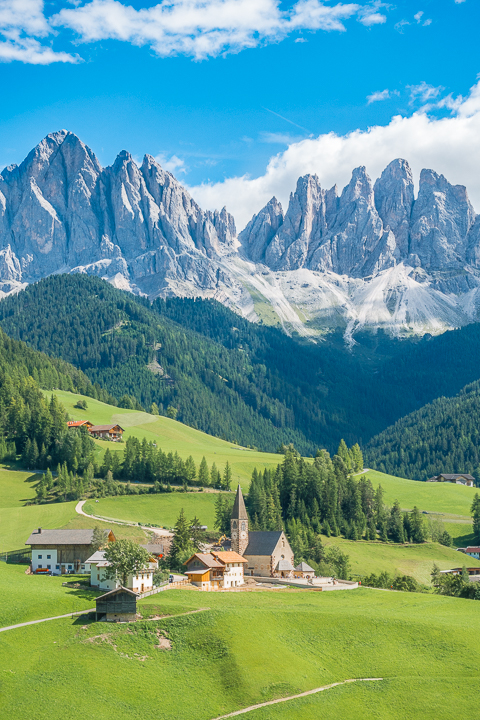
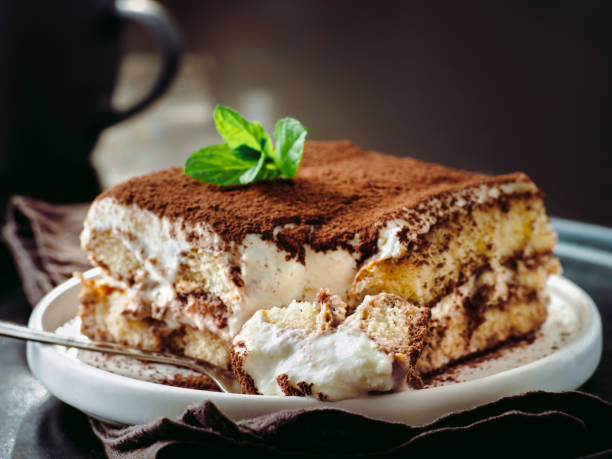



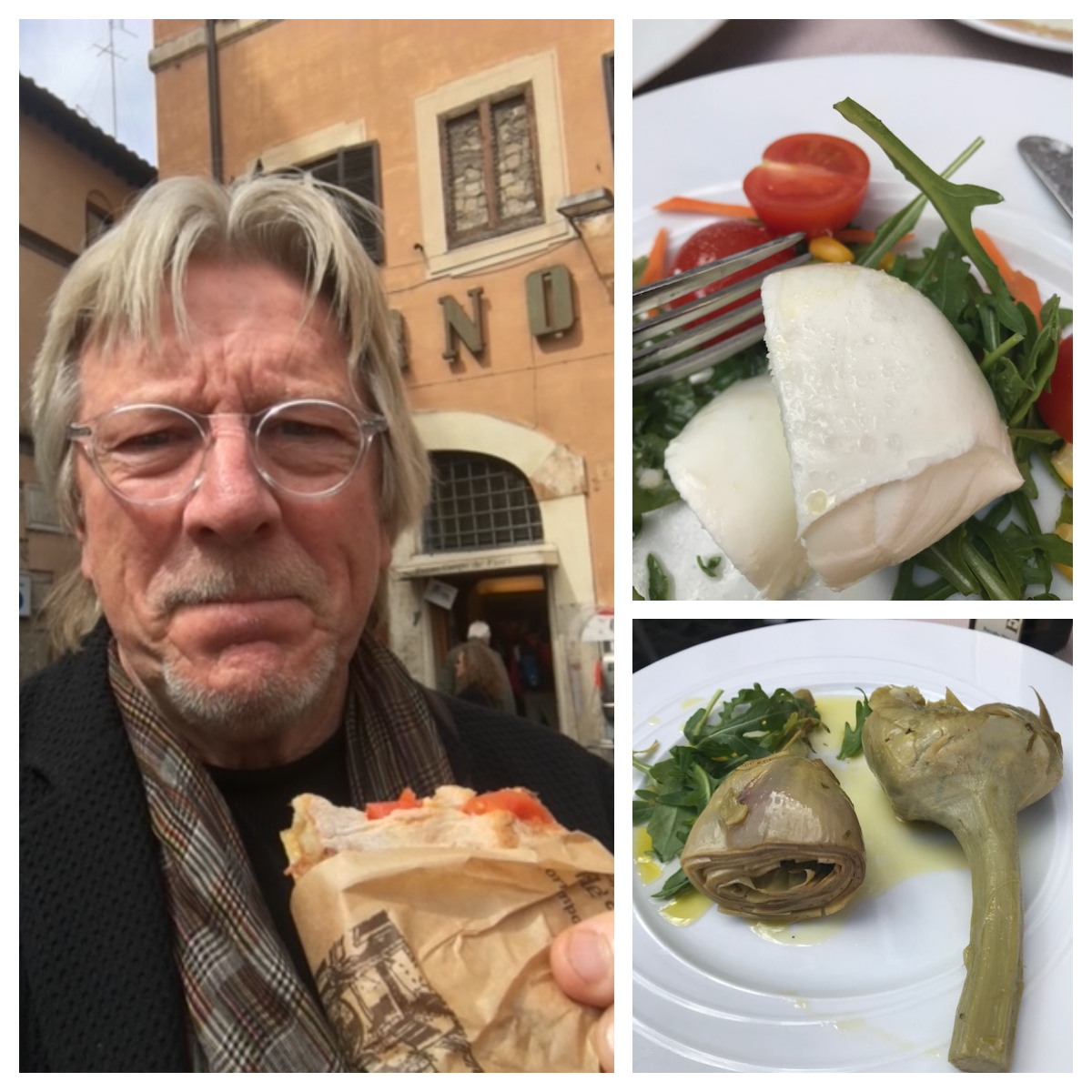
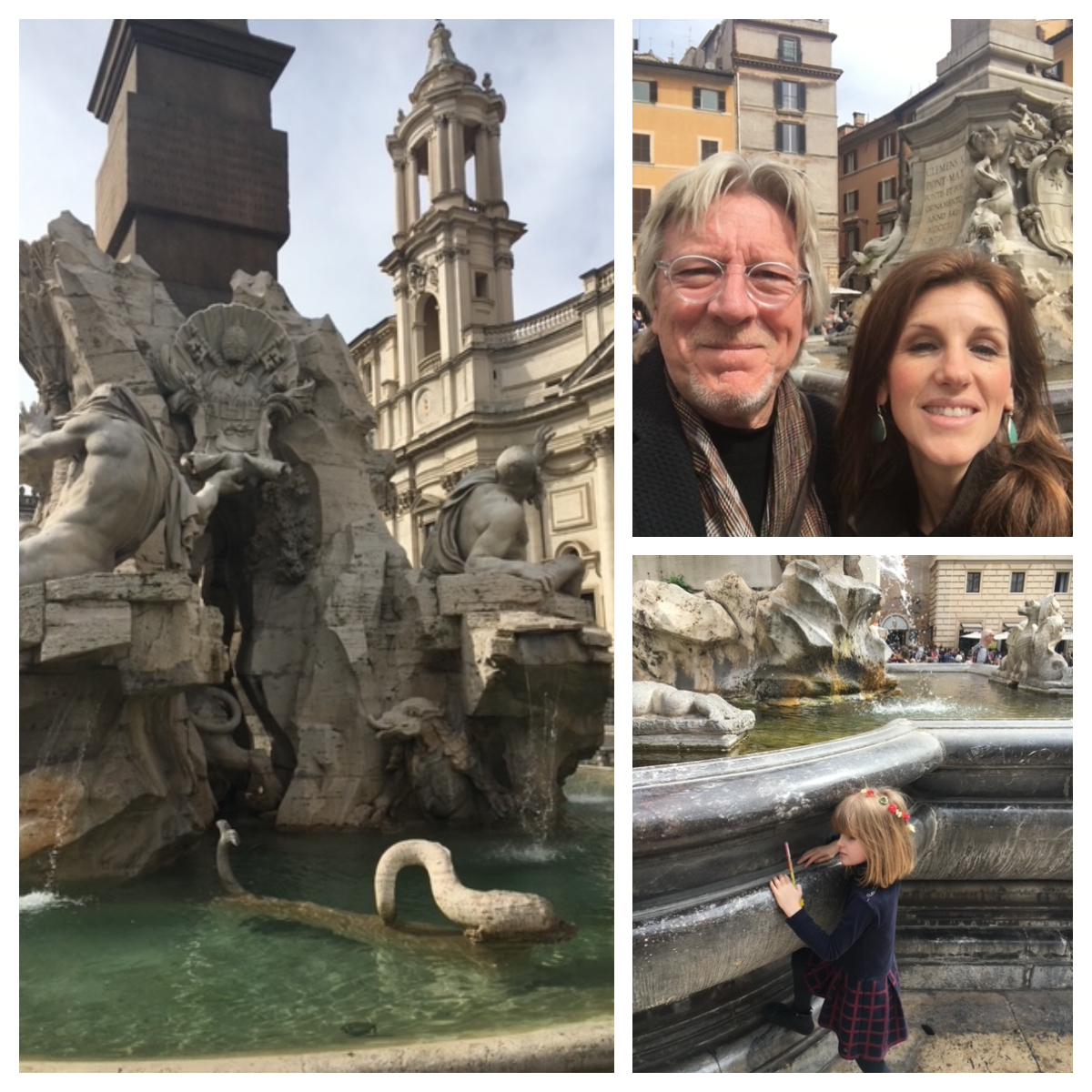
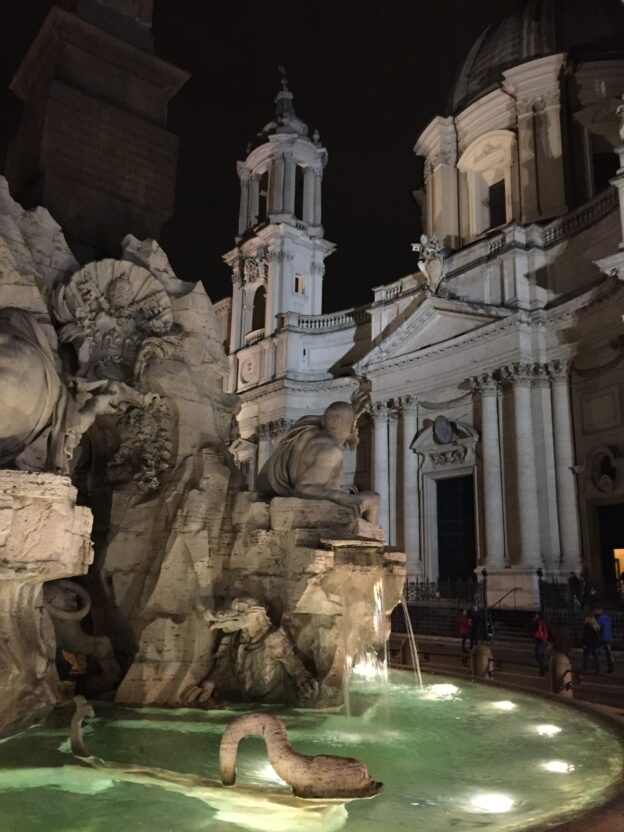




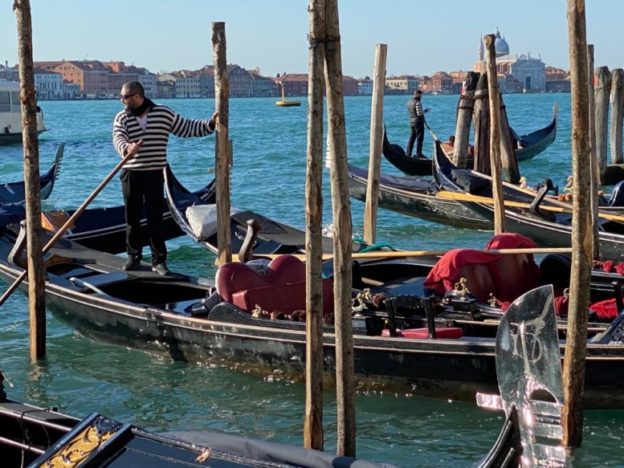
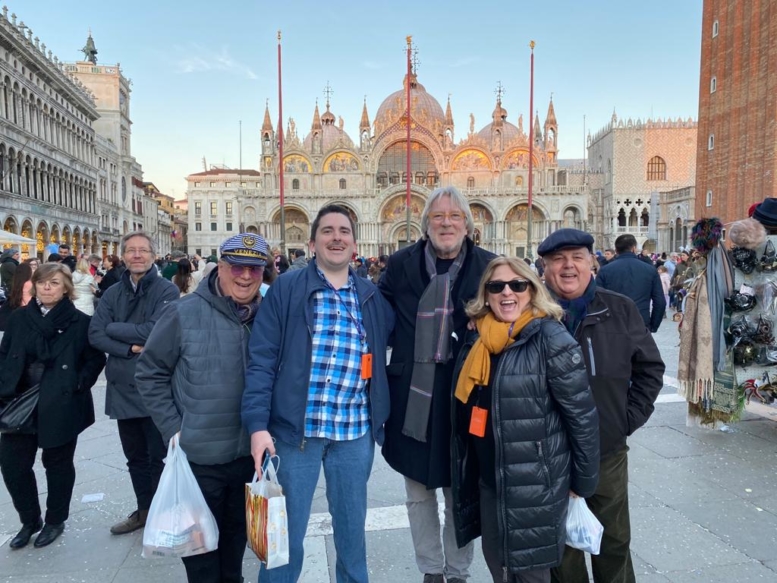
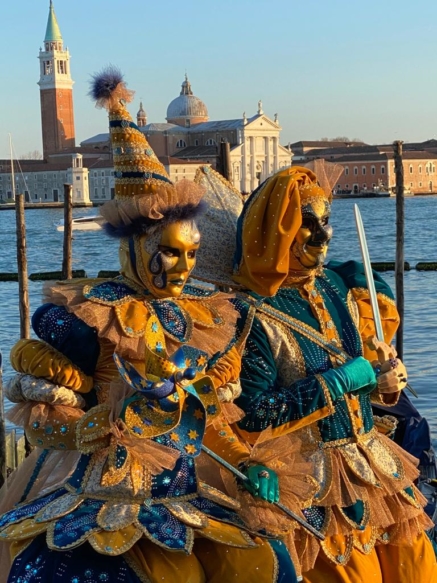
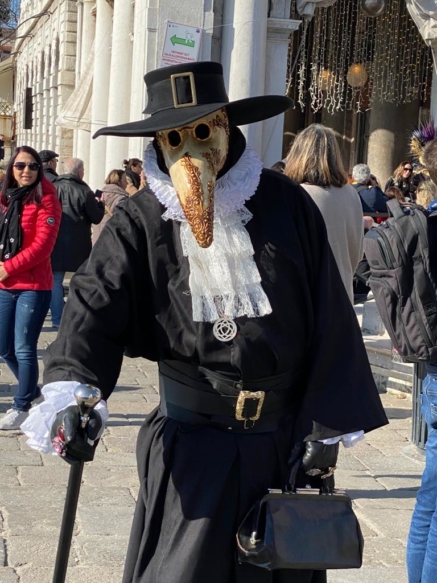

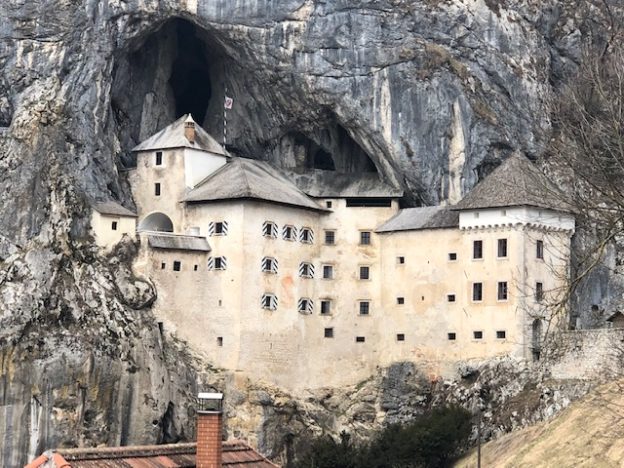
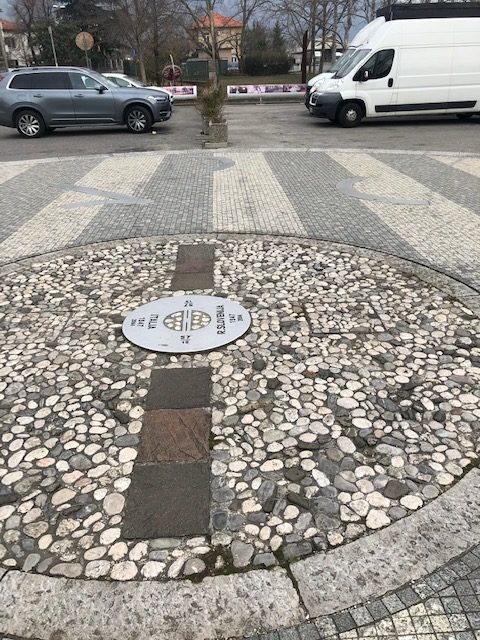
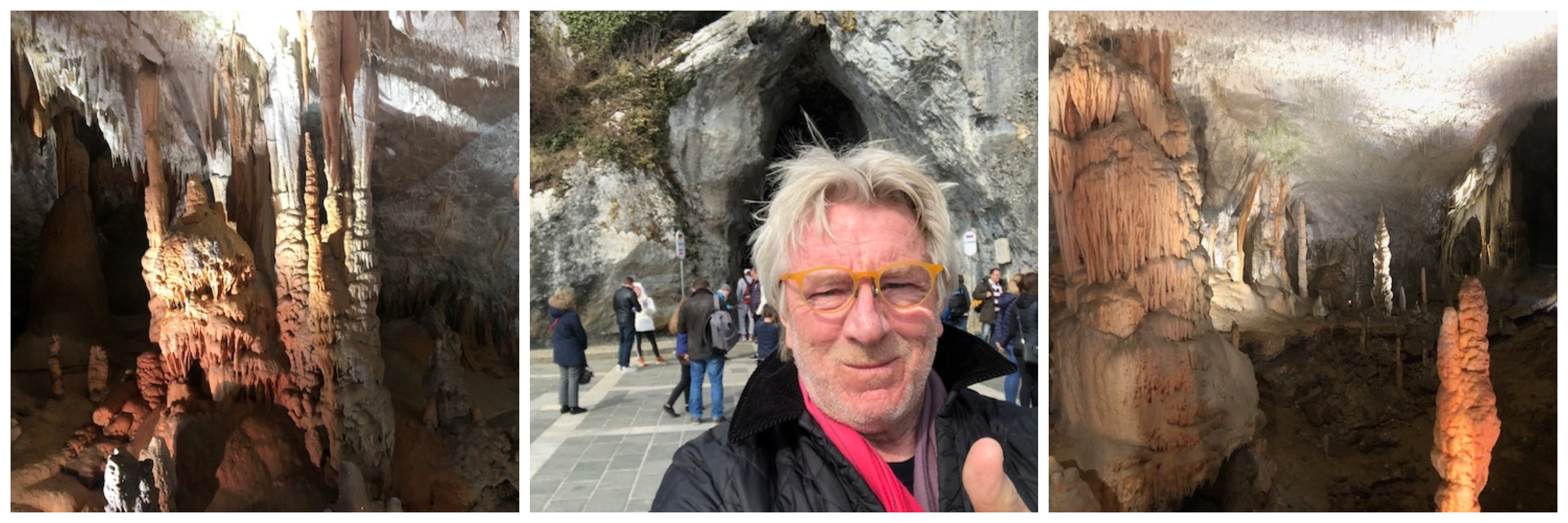
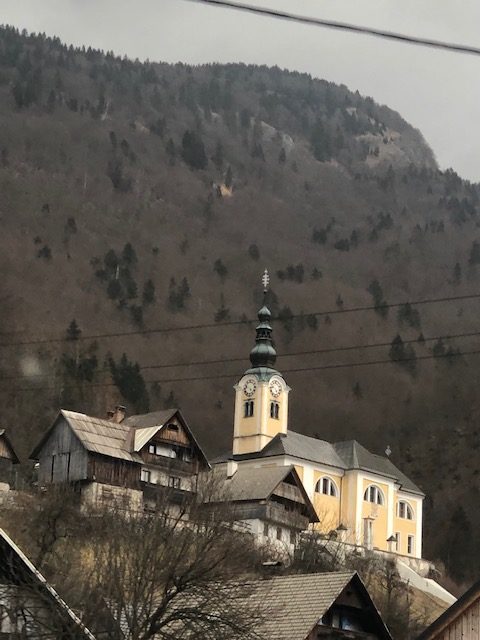
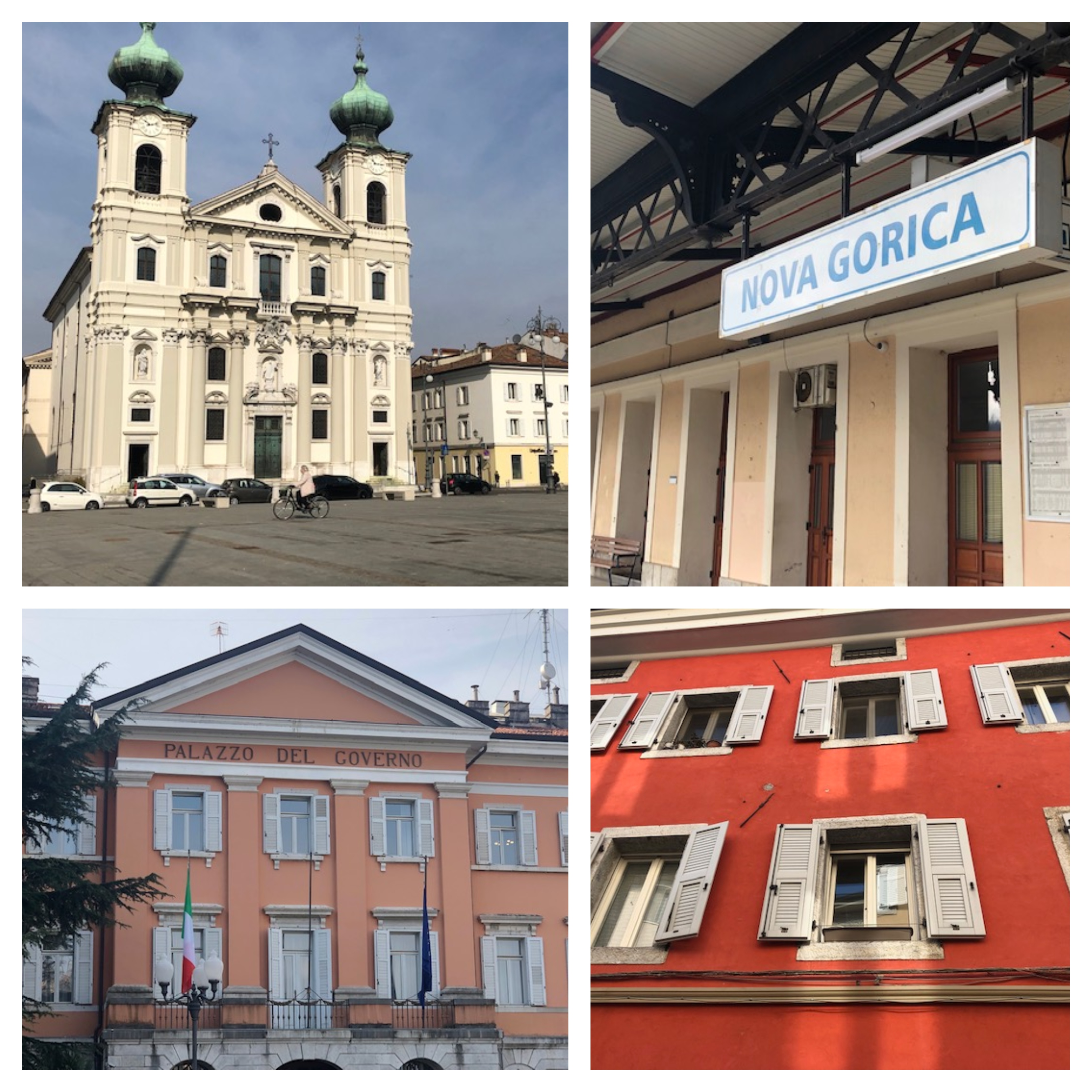
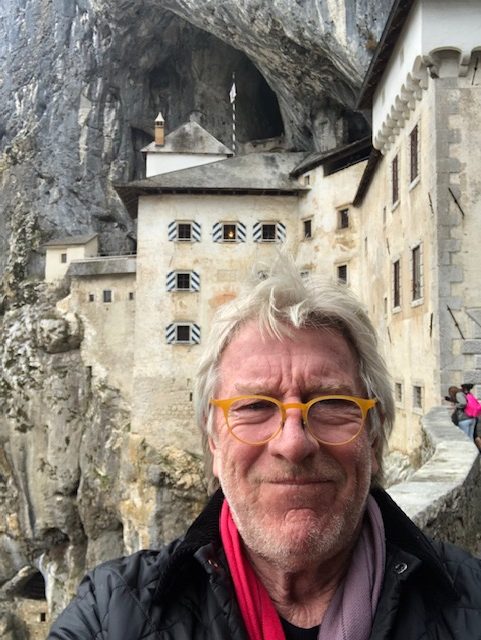
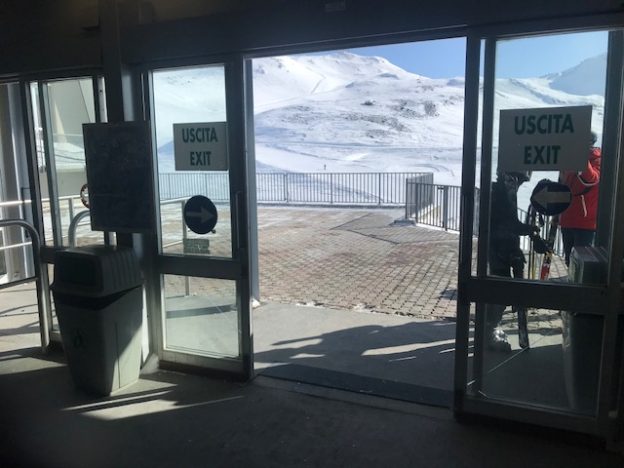
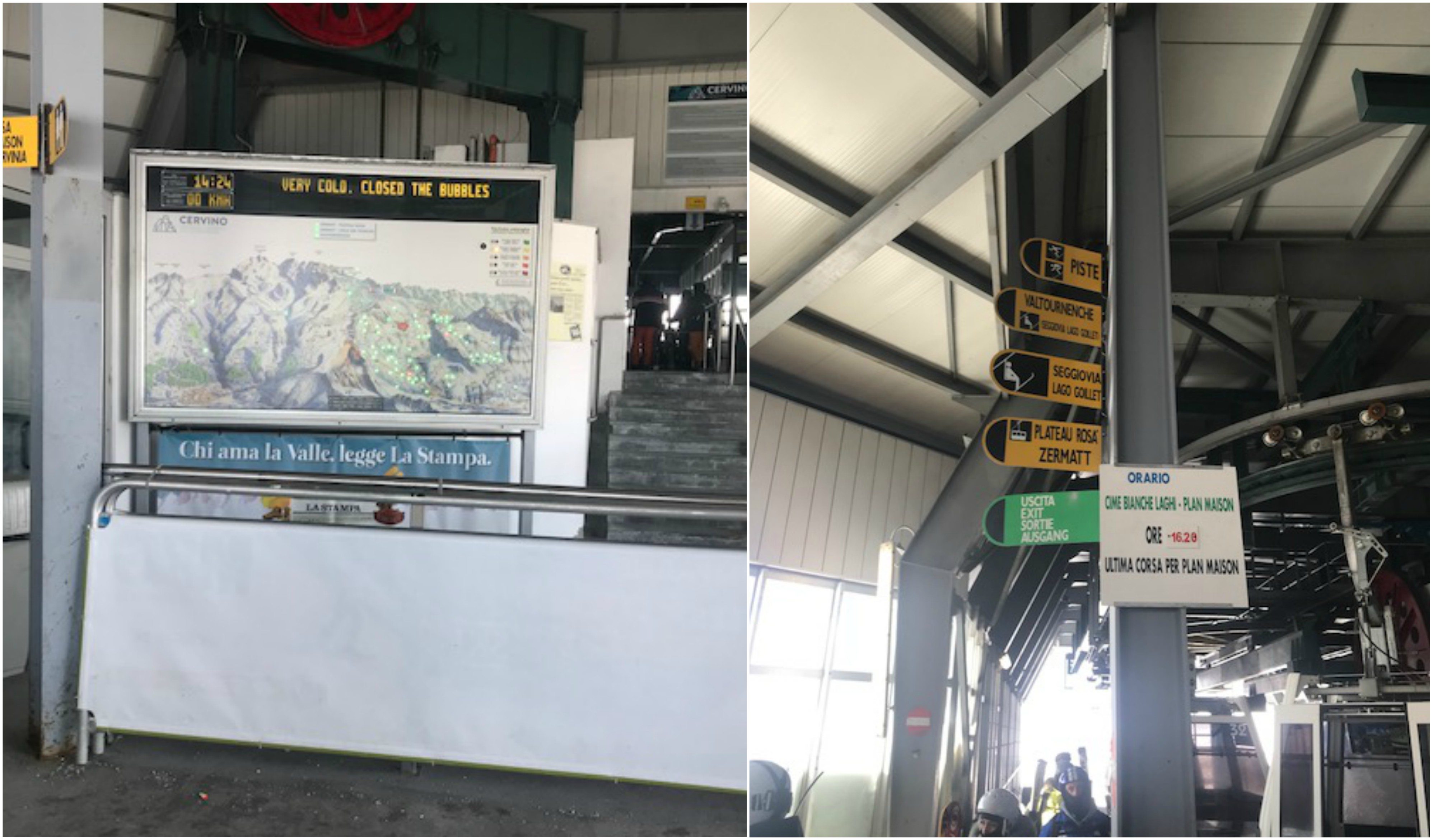


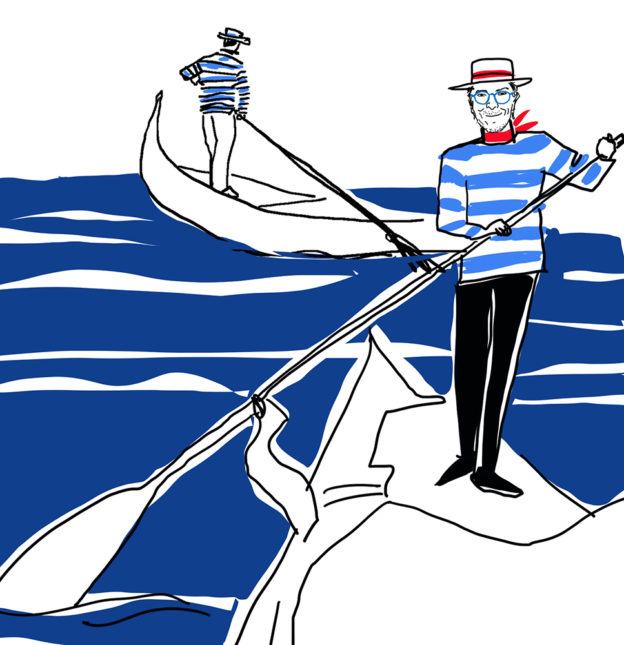
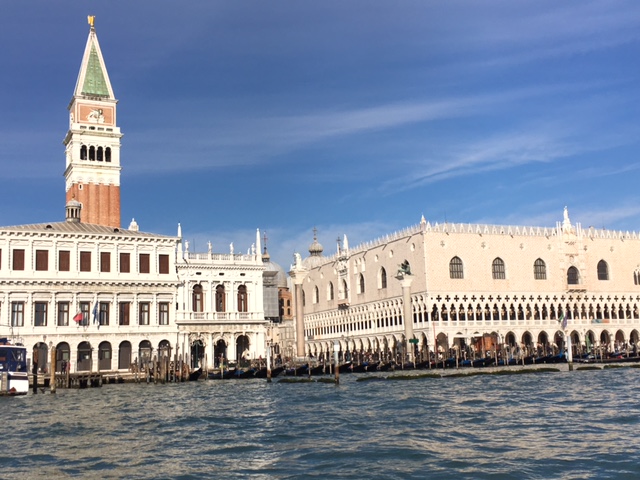
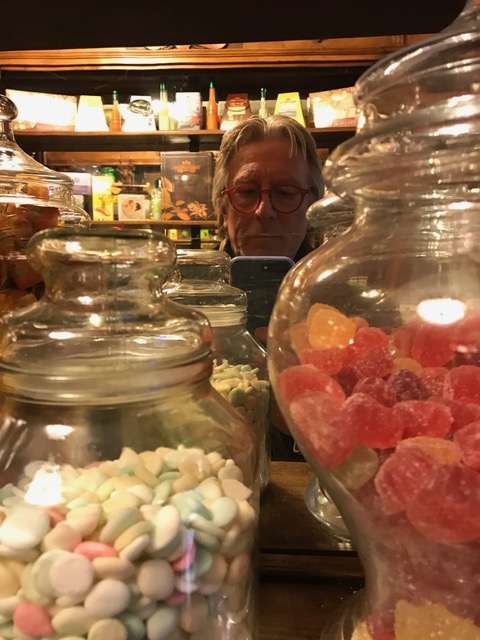
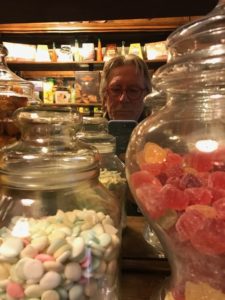 stroll from the station and around the city for about two hours before heading back to Rome. It was interesting but I really didn’t get a sense of the city. Now we have a client that I know that would like to go to Naples but the rap on the city is that it has a lot of petty crime. So off I went with my man bag in hand for a virgin overnight in Naples.
stroll from the station and around the city for about two hours before heading back to Rome. It was interesting but I really didn’t get a sense of the city. Now we have a client that I know that would like to go to Naples but the rap on the city is that it has a lot of petty crime. So off I went with my man bag in hand for a virgin overnight in Naples.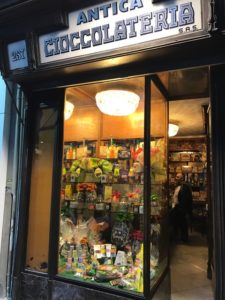 Here’s the thing about Naples – it’s handy to know your way around, there are lots of hills, it’s a chaotic, and there are lots of different areas with very different characteristics. The first stop was the Palazzo Mannajuolo which holds an incredible staircase; probably the most breathtaking internal staircase in all the world, la scala ellittica. We strolled around the hilly Chiaia and stopped at an old-world candy store in San Ferdinando. We came across a beautiful piazza with the pantheon-like structure of the church of San Ferdinando. The piazza here is open and full of light with Vesuvius in the background. The opera house, Teatro di San Carlo, was showing La Traviata. There is a spectacular galleria, the Galleria Umberto I, close by as well. It houses thousands of panes of glass sitting in a cross formation with a whole series of panels of Jewish stars that form part of the glass decoration. The history of Naples is more or less the entire history of the our ancient civilization. One thing’s for sure, it makes Rome look like a young lad.
Here’s the thing about Naples – it’s handy to know your way around, there are lots of hills, it’s a chaotic, and there are lots of different areas with very different characteristics. The first stop was the Palazzo Mannajuolo which holds an incredible staircase; probably the most breathtaking internal staircase in all the world, la scala ellittica. We strolled around the hilly Chiaia and stopped at an old-world candy store in San Ferdinando. We came across a beautiful piazza with the pantheon-like structure of the church of San Ferdinando. The piazza here is open and full of light with Vesuvius in the background. The opera house, Teatro di San Carlo, was showing La Traviata. There is a spectacular galleria, the Galleria Umberto I, close by as well. It houses thousands of panes of glass sitting in a cross formation with a whole series of panels of Jewish stars that form part of the glass decoration. The history of Naples is more or less the entire history of the our ancient civilization. One thing’s for sure, it makes Rome look like a young lad.